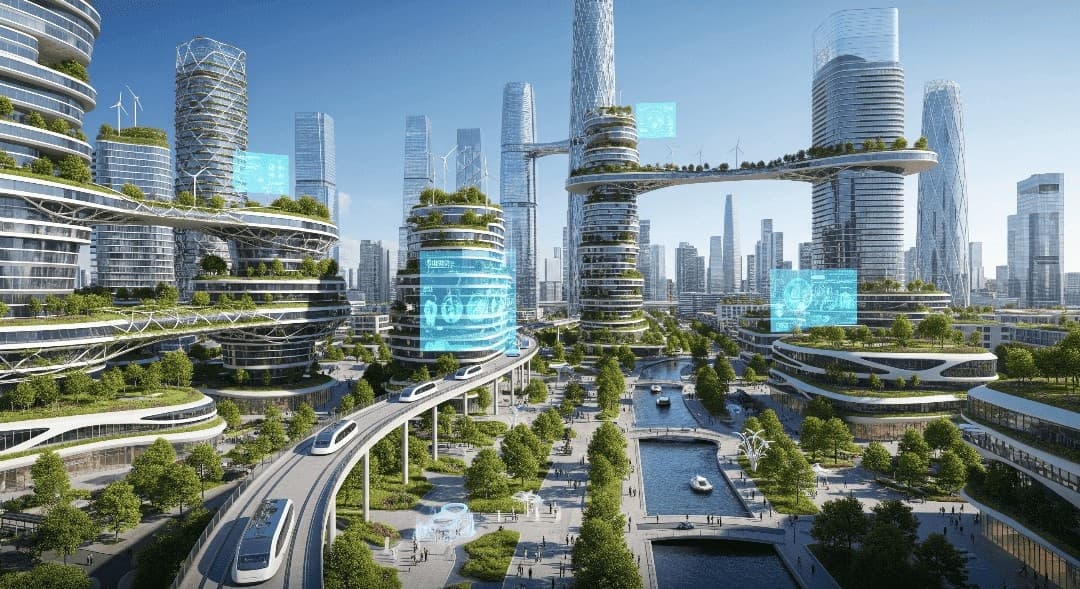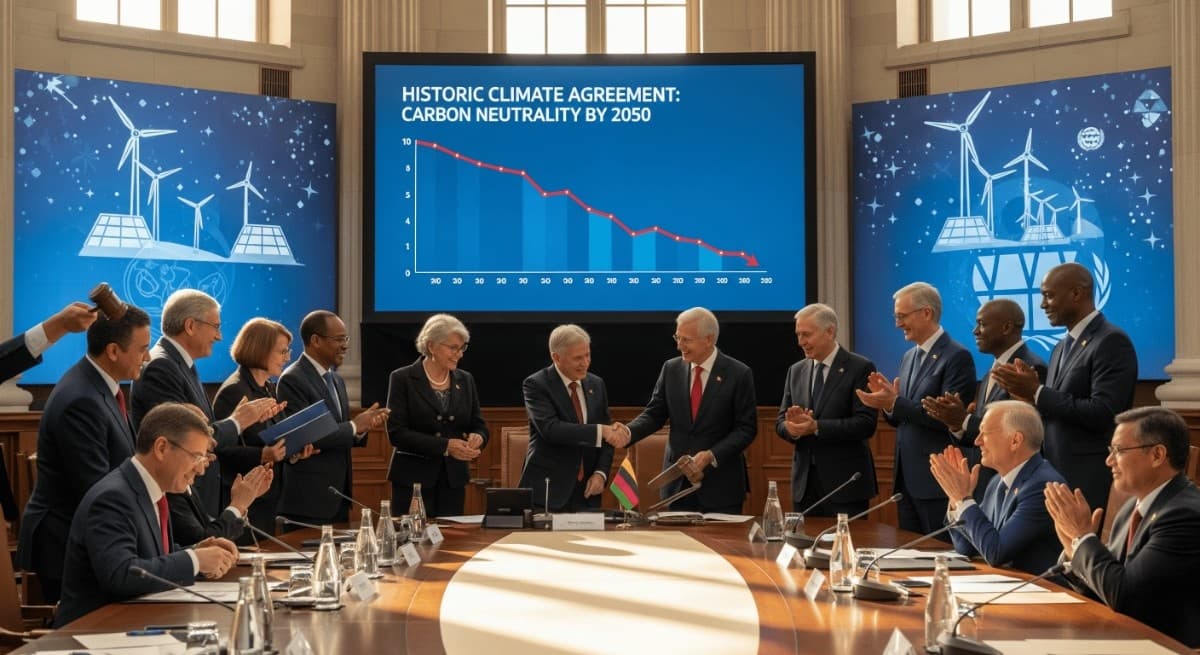Thursday, November 6, 2025Nov 6
Smart city initiative combines green infrastructure with advanced technology to create sustainable urban environment.
Jennifer Liu

An ambitious urban renewal project has transformed a major city center into a model of sustainable development, combining green infrastructure with cutting-edge technology to create a more livable and environmentally friendly urban environment. The project, completed after five years of development, is being studied by cities worldwide.
The initiative replaced aging infrastructure with smart systems that monitor air quality, manage traffic flow, and optimize energy usage. Green spaces were integrated throughout the urban core, including vertical gardens, rooftop parks, and tree-lined pedestrian corridors.
'We've created a blueprint for 21st-century urban development,' said City Planning Director Rachel Green. 'This project shows how cities can grow while becoming more sustainable and improving quality of life for residents.'
Key features include a district-wide renewable energy system, smart water management that captures and reuses rainwater, and an integrated transportation network that prioritizes walking, cycling, and public transit. The project has reduced carbon emissions by 40% while increasing green space by 60%.
The transformation has attracted new businesses and residents, with property values increasing by 25% and unemployment falling to historic lows. The success has prompted other cities to adopt similar approaches, potentially revolutionizing urban development practices globally.
Urban affairs correspondent covering city planning, infrastructure, and sustainable development.

World leaders unite on unprecedented climate action plan with binding commitments for carbon neutrality by 2050.

Leading technology companies form unprecedented alliance to develop ethical AI standards and share research breakthroughs.

New multilateral trade pact promises to reduce barriers and boost economic cooperation between major economies.